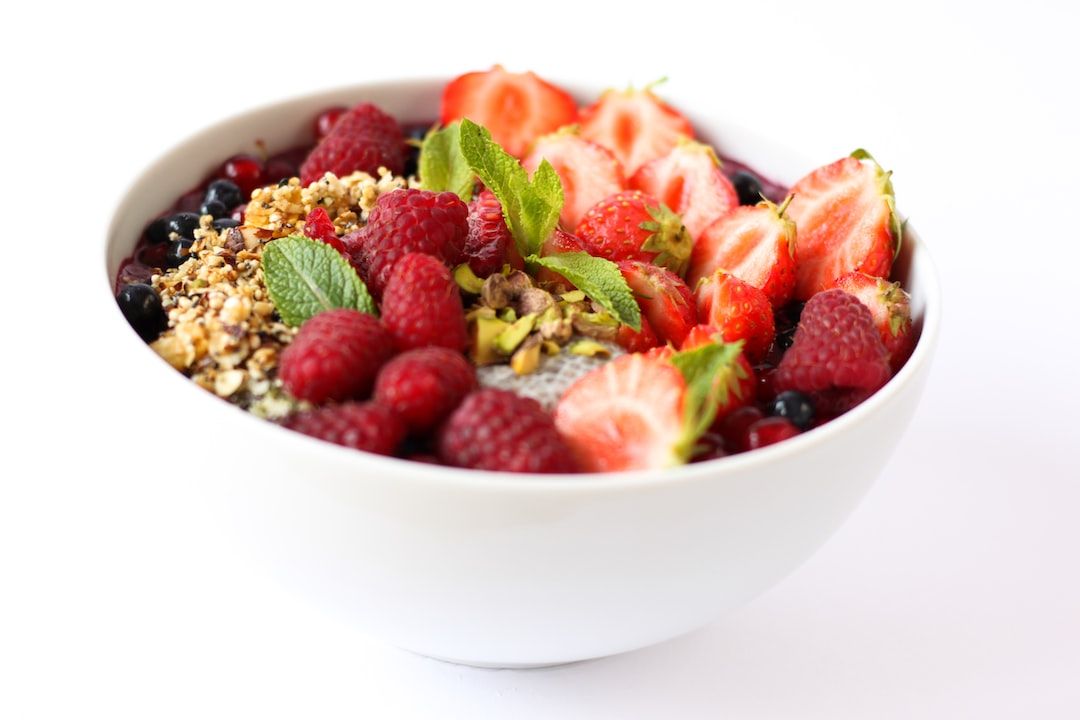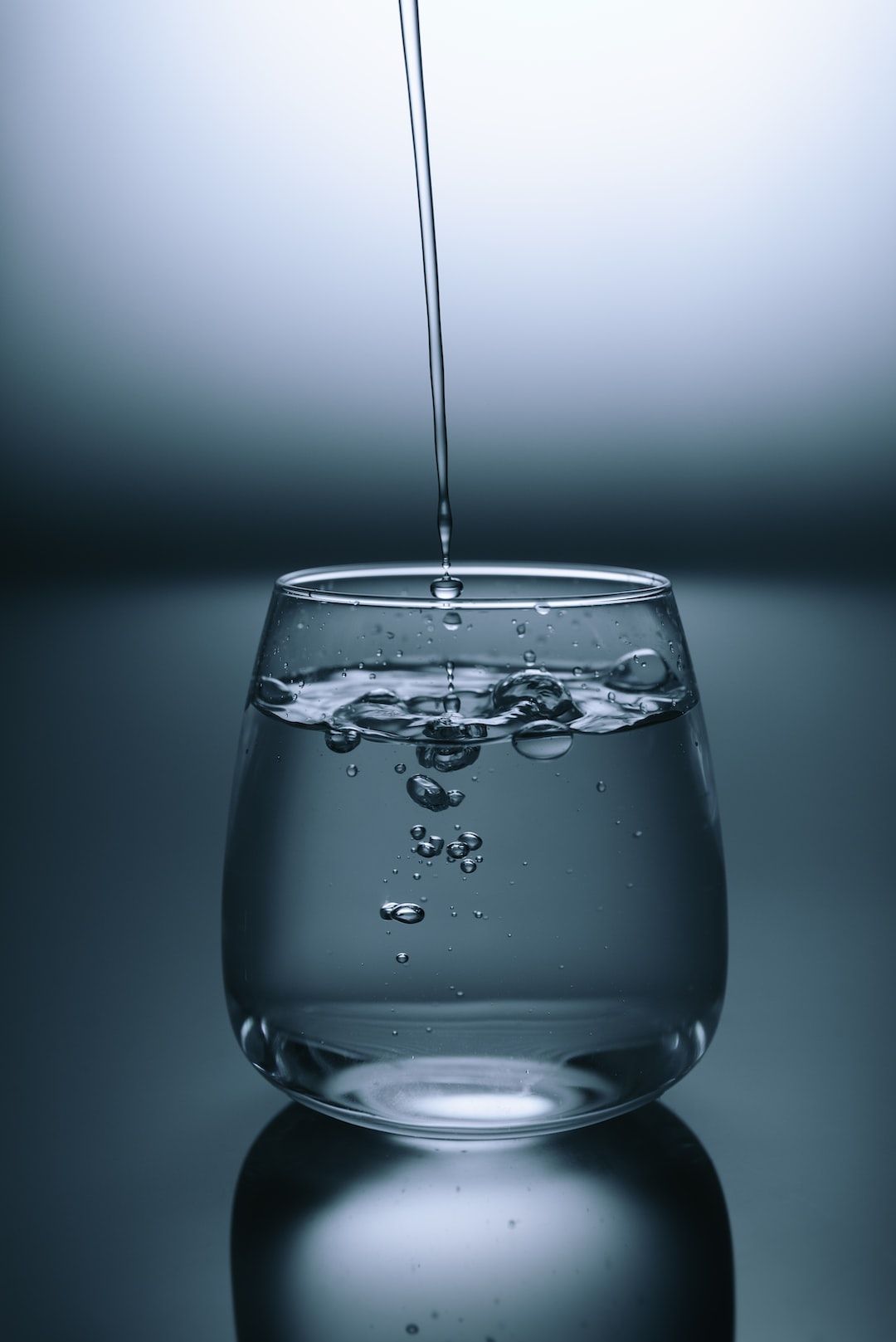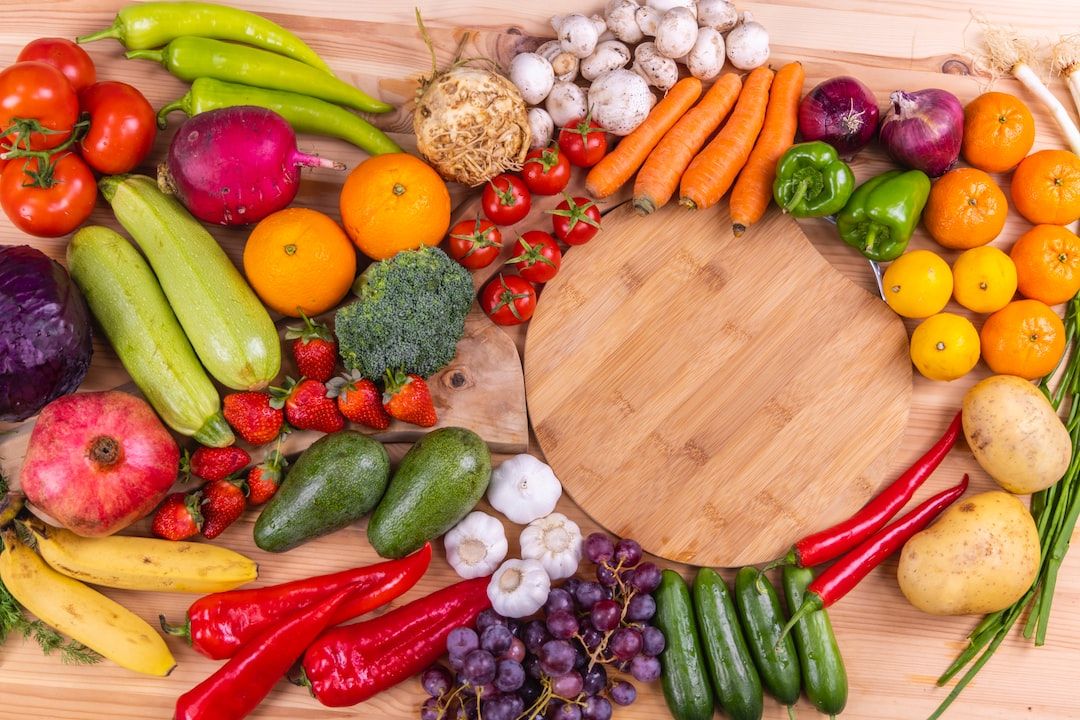
Gastritis Diet
A gastritis diet is a kind of diet that is specifically for a health condition known as gastritis. It is a health issue in which the stomach's barrier lining swells up. This inflammation causes discomfort and pain. An abrupt, severe inflammation characterizes acute gastritis. If addressed, long-term inflammation associated with chronic gastritis can persist for years. A less frequent variation of the illness is erosive gastritis. It usually doesn't result in much inflammation, although it can cause bleeding and stomach ulcers. Gastritis occasionally causes ulcers and raises the risk of stomach cancer. However, gastritis is typically not serious and responds well to therapy.
Most frequently, infection is caused due to the same bacterium that most frequently results in stomach ulcers. This is worsened by the constant use of specific painkillers which leads to gastritis inflammation. Alcohol abuse is another factor that might cause gastritis.
Diet is one of the main reasons for our problem. In most cases, upon improving our diet, we will be able to tackle some minor situations and healthify our bodies. Gastritis is one such condition that can be handled if you start taking the right diet in the right amount.
What to eat
There is a specific kind of food that is suggested at this time. It is important to understand what is healthy for your condition to help cure it. These are a few of the food items that you should eat:
Fresh Fruits and Vegetables
Photo by engin akyurt on Unsplash
Sugar and fat content are minimal in vegetables. Additionally, they are a good source of fiber, a healthy carbohydrate. Suitable options include asparagus, broccoli, sprouts, cauliflower, cucumbers, green, beans, kale, potatoes, and spinach.
Fruits other than citrus have a lower likelihood of causing gastritis symptoms. Fruit is a good fiber, magnesium, potassium, and vitamin C source. A few options include apples, avocados, bananas, berries, melons, peaches, and pears.
Inflammatory-reducing foods
As an inflammatory disorder, gastroarthritis may be treated with an anti-inflammatory diet, according to a study. Dietary habits that could reduce inflammation include foods like berries, which include polyphenols like flavonoids and anthocyanins, into one's diet, as well as the fermentable fiber found in lentils and other pulses.
Limiting the consumption of saturated fats and striving for healthier fats like omega-3 fats found in fatty fish, nuts, and seeds, and choosing carbs with a low glycemic index such as whole grains, fruits, and vegetables.
Probiotic food products
It is important to include probiotic food. Live bacteria called probiotics offer positive health effects when consumed. Often known as beneficial bacteria, it has a variety of tremendous advantages for your body and mind. They might enhance heart health, lower depression rates, and increase digestion and intestinal health. They might even give you skin that looks better, according to some evidence. One common method of consuming probiotics is as a supplement, although fermented foods can also be a source. Common food sources include yogurt, soft cheese, sourdough bread, honey, oatmeal, and banana.
Food to avoid
Understanding which food products you should entirely avoid is very important. We will discuss all the products that you should avoid in this section.
It's crucial to refrain from eating any fast food. Avoid any fast-food restaurants that serve pizza, burgers, or other unhealthy foods. It's crucial to realize that eating a burger on the way to work is highly bad for your body, no matter how handy it might be. It acts as a gradual poison and creates a lot of problems. Even if you are unable to identify the difference at the moment, it is still likely to result in serious health problems.
Certain food items that you need to avoid are as follows:
High-fat food products
Fried and fatty foods may make the LES relax, increasing the likelihood of stomach acid reflux into the esophagus. Also delaying stomach emptying are these foods.
Reducing your daily overall intake of fat can help because eating high-fat foods puts you at an increased risk of gastritis. This includes all fried food items like french fries, onion rings, and other products like beef, pork, lamb, ice cream, and chips.
Citrus fruits
Photo by Brooke Lark on Unsplash
In a healthy diet, fruits and vegetables are essential. However, some fruits, especially those with a high acid content, might worsen or trigger gastritis symptoms. If you frequently get acid reflux, it may be a sign of a damaged stomach lining. You should cut back on or completely avoid the foods like lemons, limes, pineapple, tomatoes, oranges, and grapefruit.
Spicy food
Many people have heartburn symptoms after eating sour and spicy meals like onions and garlic.
Track your meals carefully in your diary if you consume a lot of onions or garlic. You might be more sensitive to certain of these items than others, including spicy meals.
Some tips to help you go through Gastritis
1. Follow a healthy and balanced diet

Eating a healthy and balanced diet is very important to cure or stay away from Gastritis. A balanced diet consists of all kinds of nutrients and minerals the body requires. The situation occurs due to acidic formation inside the stomach. This acid will not form if you follow a good and healthy diet.
2. Completely avoid smoking

It is important to understand how harmful smoking is to your health. It is very important to immediately quit this habit, especially if you're suffering from any health issues. It will reduce the possibility of Gastritis disease.
3. Stay hydrated

It is important to keep hydrated. This will help your body reduce acidity and will provide relief. It is important to drink the proper amount of water recommended every day. It is important to regulate stomach acidity and provide relief.
4. Skip the alcohol
The irritant alcohol is known to weaken the digestive system and produces acidic reactions inside our body. But although some individuals may see an increase in symptoms after just one drink, others can handle small amounts. It is recommended to minimize the use as much as possible and gradually quit the habit.
5. Stay away from caffeinated beverages
Caffeinated drinks including sodas, tea, and coffee should be mostly avoided. These beverages cause irritation in the stomach lining which can lead to inflammation and pain. If you do consume make sure to consume in moderation. It's also important to avoid foods like wheat, tomatoes, lemons, red meat, etc.
Conclusion
A diet known as a gastritis diet is one that is made expressly for the illness. The swelling of the stomach's barrier lining is a health problem. Pain and discomfort are a result of this inflammation. Acute gastritis is characterized by sudden, severe inflammation. Chronic gastritis-related long-term inflammation can last for years if it is not treated. Erosive gastritis is a less frequent variant of the condition. Although it can result in bleeding and stomach ulcers, it often doesn't produce much inflammation. Sometimes, gastritis results in ulcers and increases the risk of stomach cancer. Gastritis, on the other hand, is typically not serious and responds well to treatment.
One of the key causes of our issue is diet. Most of the time, if we change our food, we can handle some minor issues and improve our bodies' health. One such illness that can be treated is gastritis if you start eating the appropriate foods in the right amounts.
Appreciate the creator

